Oil price surged to highest level since 2014 on concern of supply disruptions related to Russia invasion of Ukraine. The International Energy Agency’s 31 member countries have just agreed to release 60 million barrels of oil from their strategic reserves . But that’s apparently not enough to calm the markets.
WTI crude oil accelerated sharply to as high as 110.69 so far. Technically, further rise is expected as long as 102.19 resistance turned support holds. Next target is 100% projection of 33.50 to 85.92 from 62.90 at 115.32.
It’s still early to say. But is should be noted that fear driven moves in commodity markets could be extremely powerful. Just remember oil price was negative less than two years ago. So, decisive break of 115.32 could easily prompt more acceleration to 161.8% projection at 147.71, in rather quick manner.




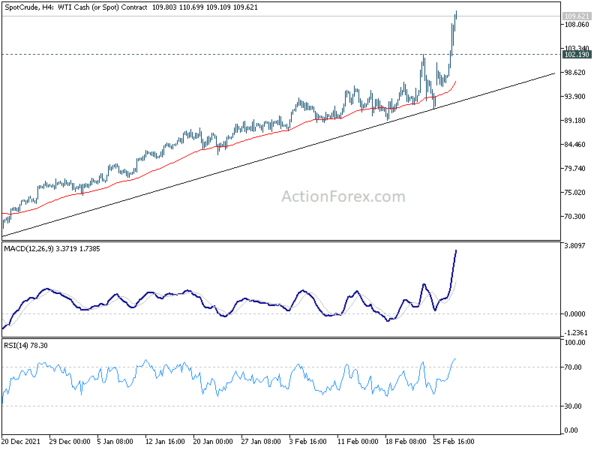
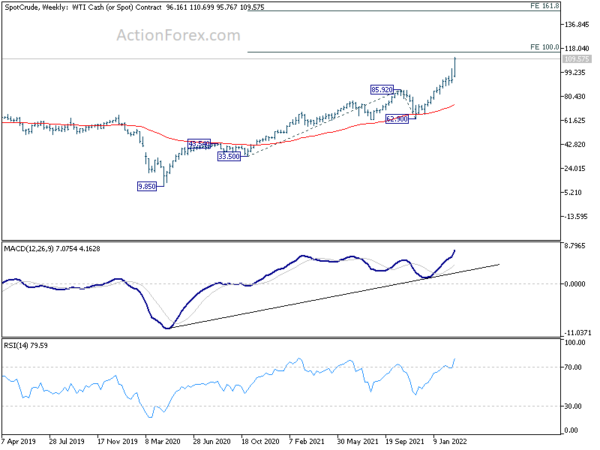
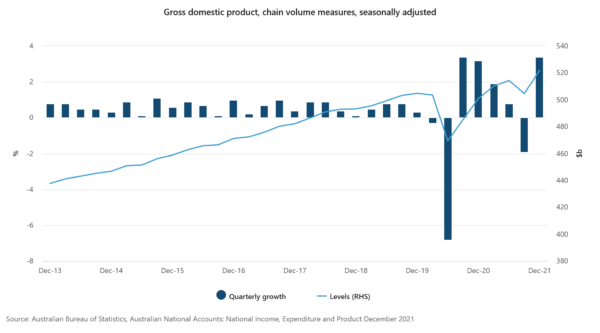
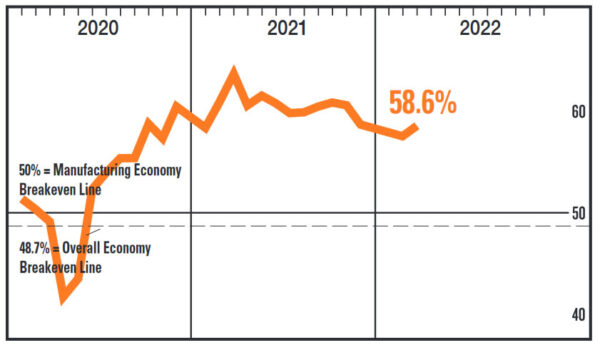
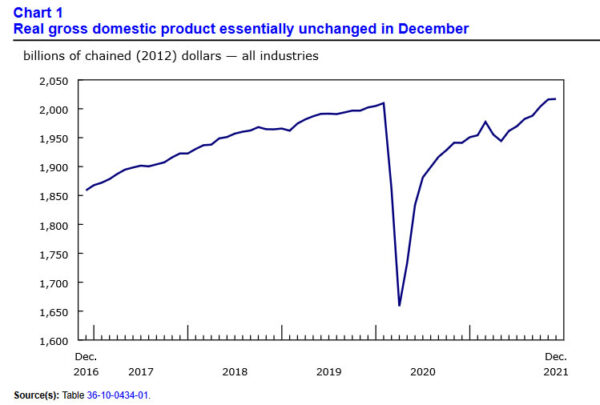
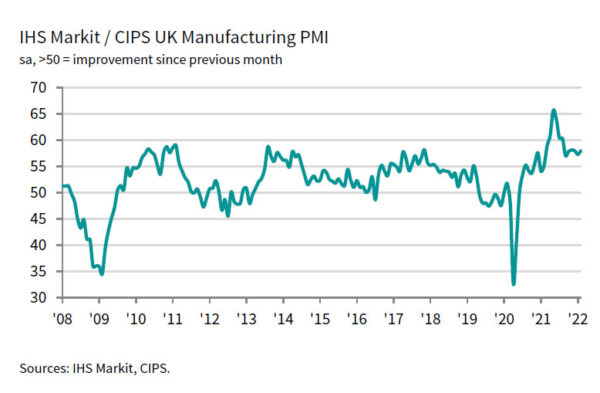
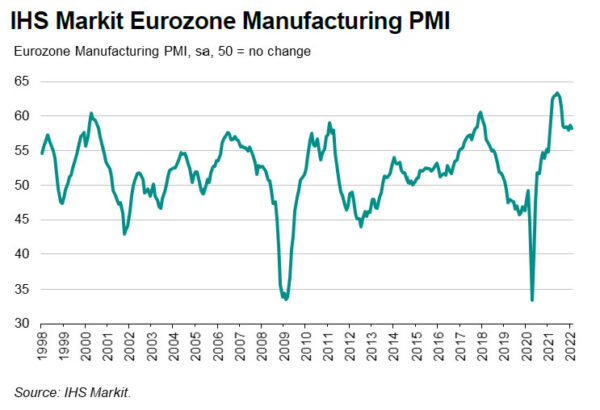
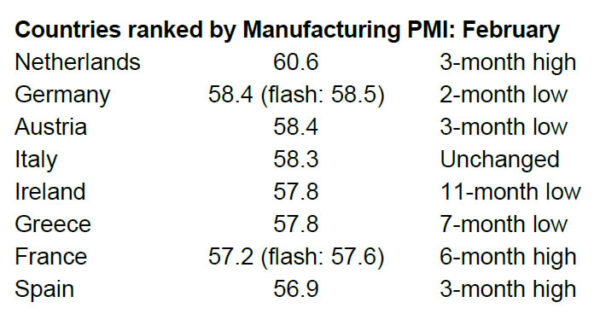
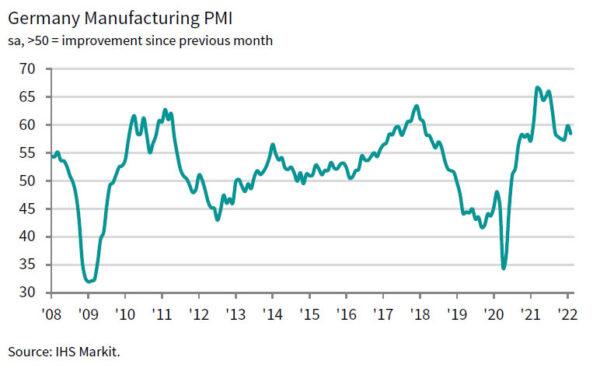
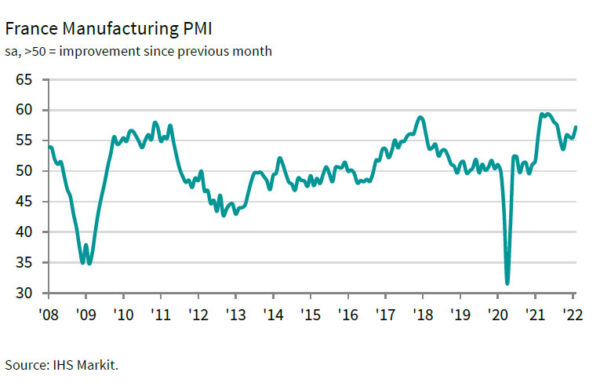
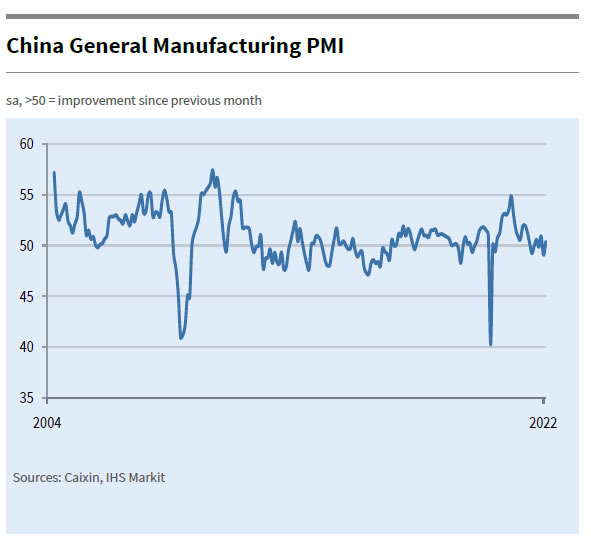
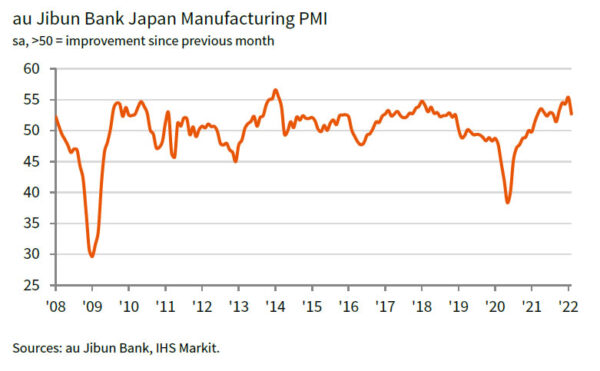
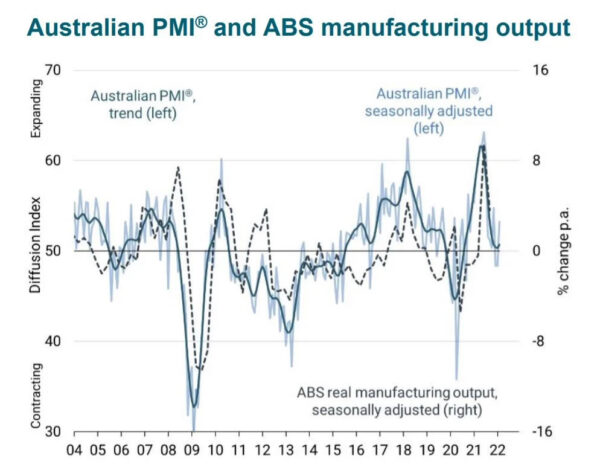
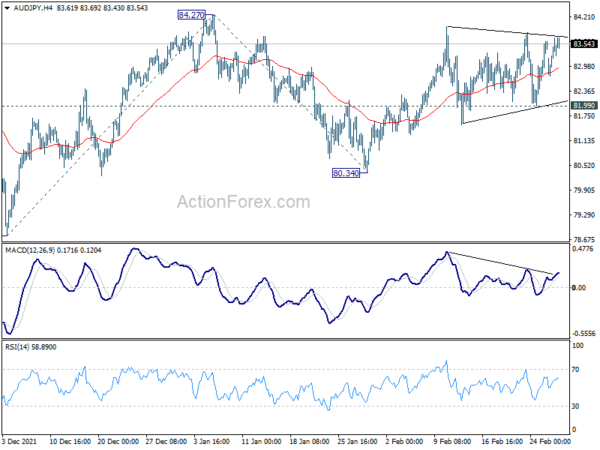
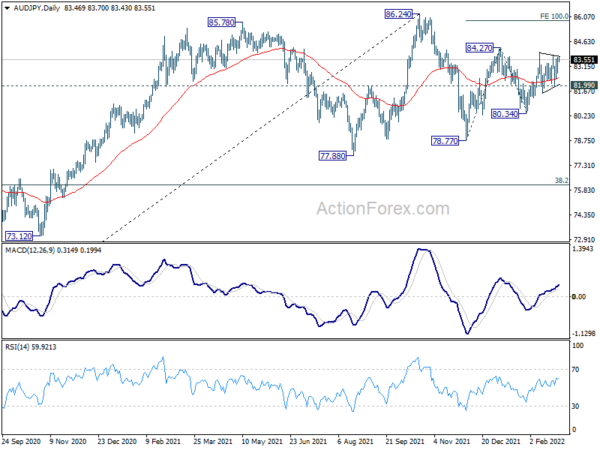
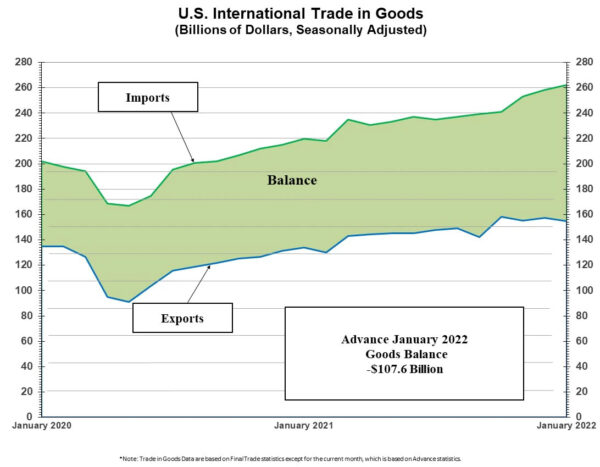

BoC to hike, EUR/CAD breaking to the downside
BoC is widely expected to raise interest rate by 25bps to 0.50% today to kick start the tightening cycle. The central bank might also announce the plan to shrink its balance sheet. Overall tone of the statement should remain hawkish, setting the stages for more rate hikes ahead. Some analysts are expecting the policy rate to hit 1.25% by the end of the year.
Some previews on BoC
EUR/CAD’s down trend is trying to resume by breaking through 1.4098 low. But that’s more due to Euro’s broad based selloff than Canadian’s strength. Key level lies in 61.8% projection of 1.5096 to 1.4162 from 1.4633 at 1.4056. Sustained break there could prompt downside acceleration to 100% projection at 1.3699.
Above 1.4303 minor resistance will delay the bearish case and bring some consolidations. But outlook will remain bearish as long as 1.4633 resistance holds.